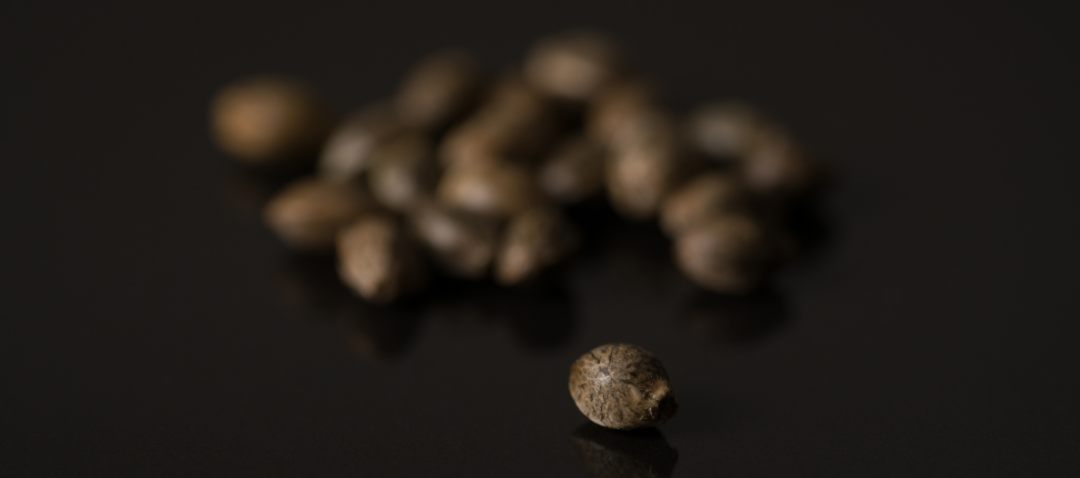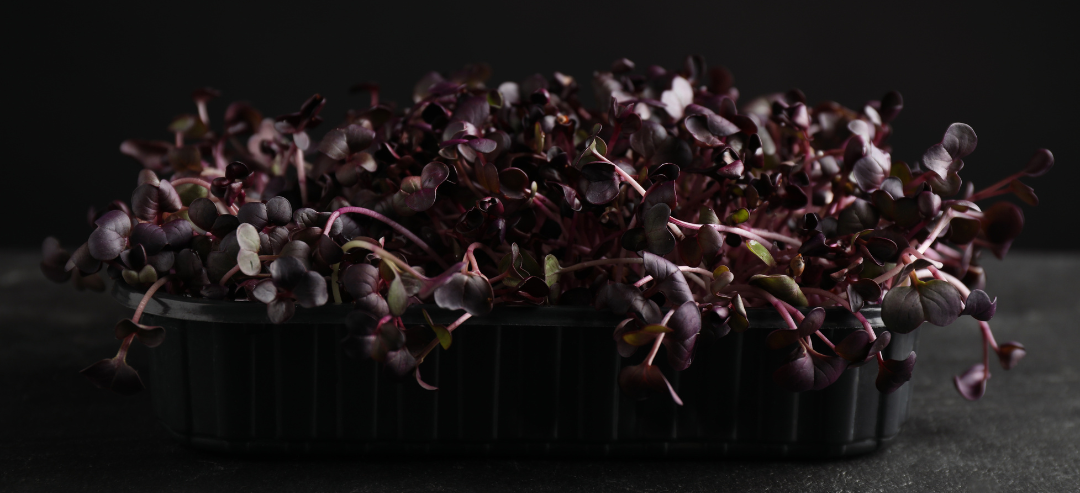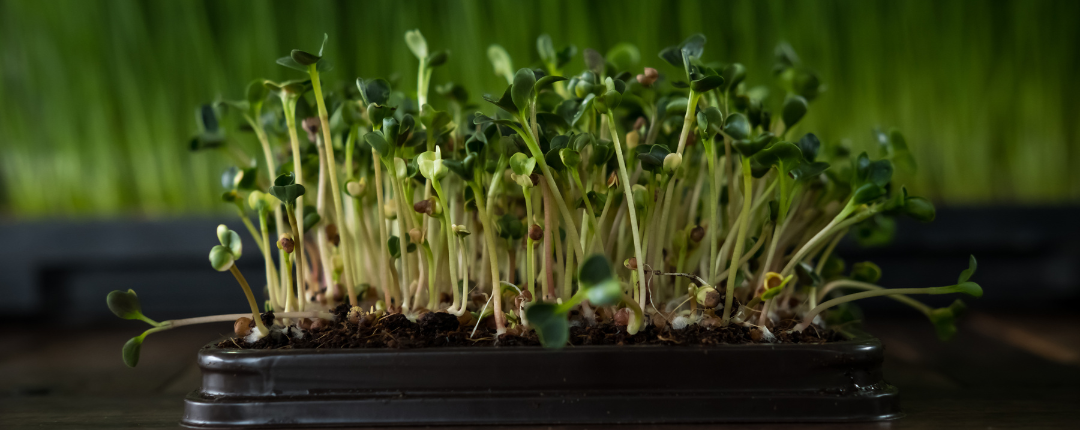
Blackout periods for microgreens refer to the time during the growing process when the microgreens are kept in the dark. This is done to encourage the plants to elongate and grow taller, producing more tender and flavorful stems. Microgreens need light during their germination phase (usually 2-4 days) which occurs directly after sowing. However, after the germination phase, some growers choose to introduce a blackout period. The microgreens are placed in darkness for a specific period, typically ranging from 2 to 7 days, depending on the variety and desired characteristics. During this time, the lack of light causes the microgreens to grow taller as they search for light. They will become more tender and develop longer stems. Once the blackout period is over, the microgreens are exposed to light. This transition stimulates the production of chlorophyll and the development of the first true leaves, which are usually green. At this point, they start photosynthesizing and turning green. It’s important to note that not all microgreens require blackout periods. Some varieties are grown entirely in the light and are harvested when they have developed their true leaves. However, many microgreens, such as sunflower, pea shoots, and radish, benefit from blackout periods to produce the desired characteristics. The duration of the blackout period and the specific requirements may vary based on the type of microgreen you are growing and your preferences. Experimenting with different blackout periods can help you achieve the texture and flavour you prefer in your microgreens.

Some microgreens which benefit from a blackout period are:
- Sunflower Microgreens: Sunflower microgreens are known for their long, tender stems and mild, nutty flavour. They typically require a blackout period of about 4-7 days after the initial germination phase to encourage stem elongation.
- Pea Shoots: Pea shoots are often grown with a short blackout period of 2-3 days. This helps them grow taller and promotes tender, sweet stems.
- Radish Microgreens: Radish microgreens have a spicy flavour. A brief blackout period of 2-3 days can help mellow their spiciness and encourage tender stem growth.
- Mild Mustard Varieties: Some mild mustard microgreens, like white mustard or mizuna, can benefit from a brief blackout period of 2-3 days to encourage stem elongation and reduce spiciness.
- Amaranth Microgreens: Amaranth microgreens can benefit from a blackout period of 2-4 days to encourage stem elongation. This results in more tender stems and a milder flavour.
- Buckwheat Microgreens: Buckwheat microgreens can be grown with a short blackout period of 2-3 days to encourage stem growth and reduce bitterness.
- Kohlrabi Microgreens: Kohlrabi microgreens often benefit from a brief 2-3 day blackout period to encourage stem elongation and reduce the intensity of their flavour.

The specific blackout period duration may vary depending on factors such as the type of microgreen, growing conditions, and personal preferences. It’s essential to experiment and fine-tune the blackout period for each type of microgreen to achieve the desired flavour, texture, and appearance. Keep in mind that some microgreens can be grown entirely in the light without a blackout period, but blackout periods are often used to enhance their characteristics. Some microgreens which do well in continuous exposure to light are basil microgreens, coriander microgreens, kale microgreens, lettuce microgreens, chard microgreens, spinach microgreens, rocket microgreens and bok choy microgreens. It’s essential to research the specific requirements of the microgreens you intend to grow, as preferences can vary based on individual taste and the market you are targeting. Additionally, you can experiment with blackout periods to fine-tune the flavour and texture of your microgreens to meet your preferences or those of your customers.